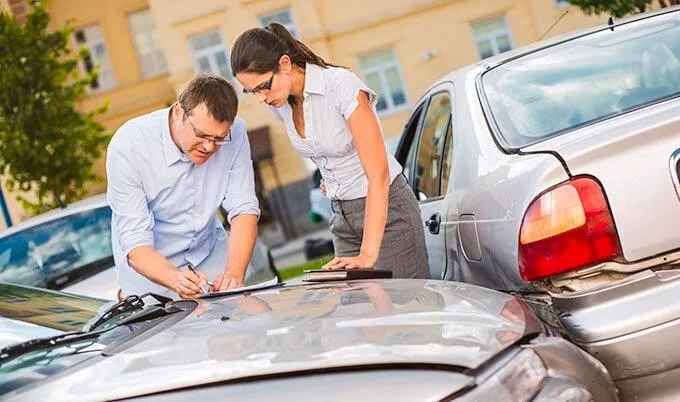
Being in a car accident can be an incredibly stressful and confusing experience, with many steps to take that you may not know about – whether you’re at fault or not. It’s important to stay calm during this time and remain aware of having the right information ready if needed. This article will provide tips on what to do after a car accident so you can confidently know your safety, financial health, and legal rights are protected!
After getting into a car accident, it is essential to provide a statement to the insurance company as soon as possible. This should include any details you can recall from the accident, such as the time it occurred and what each driver was doing just prior.
It is also helpful to have a counterpart who witnessed the accident make similar statements to back up your claim. Moreover, keeping detailed records of medical visits and any property that needs repair or replacement due to the crash will also serve as useful evidence when getting in touch with your insurance provider.
Taking these basic steps while managing the aftermath of an accident can prove to be extremely efficient and rewarding in coming to an agreeable agreement with your insurance company.
Examine for injuries and then move to a secure location
It is imperative to determine whether anyone is seriously injured. If there is a problem, call 911 immediately to have the ambulance and police at the scene. Even if it was not serious and the other driver was cooperative, calling the police is mandatory in certain states. Additionally, this way, you’ll get an official report that you can give an insurance firm which they’ll probably request.
If vehicles remain operating, move them to the shoulder or off the main road. Then switch on the hazard lights. Make sure you pull completely away from the road to avoid being struck by vehicles approaching.
If you’ve got flashing lights or reflective triangles, put them up to alert other drivers. If there is an imminent danger of explosion, remove everyone from the vehicle and move to an appropriate location off the road.
Exchange information
Typically, you must give only your name and insurance details to the other drivers involved. Although you may want to discuss details about the incident with your driver counterpart, it’s better to be cautious, so you don’t acknowledge guilt or blame the other driver or inform the other driver of your insurance coverage limits.
The information you must try to collect is as follows:
- Name and information about the insurance of the other driver, including the policy’s number and the insurer’s number.
- The number of the other driver should they be willing to give the number.
- Contact information for witnesses.
- Police report number as well as a copy of the report if possible.
- Name of the police officer along with the badge’s number.
Choose whether or not to declare a claim
If the accident was not your fault, there’s no need to submit an insurance claim. However, be aware that a minor incident may cost more than you thought.
If the incident wasn’t your fault, you’re responsible for filing a claim through the insurer of the driver who was at fault. Contact your insurer first, and they can submit the claim to the insurer of the driver on your behalf of you.
You’ll need to use your insurance even if another driver caused the accident. If this is the case, submit a claim to your insurance provider and be ready to pay the cost-sharing. Your insurance company will contact the other driver’s insurance company and pay your deductible, should it be required.
Record the crash
It is important to document what happened at the time of the incident. Here’s a checklist of what you must capture:
- Photos of all the damage that may be done to another driver’s vehicle.
- The photo of the driver’s license plate.
- Date and the time of the accident.
Keep a note of what transpired, the speed at which you traveled, and road conditions. If you can, sketch a map of the scene and the way the accident took place, and include the direction in each vehicle was going.

